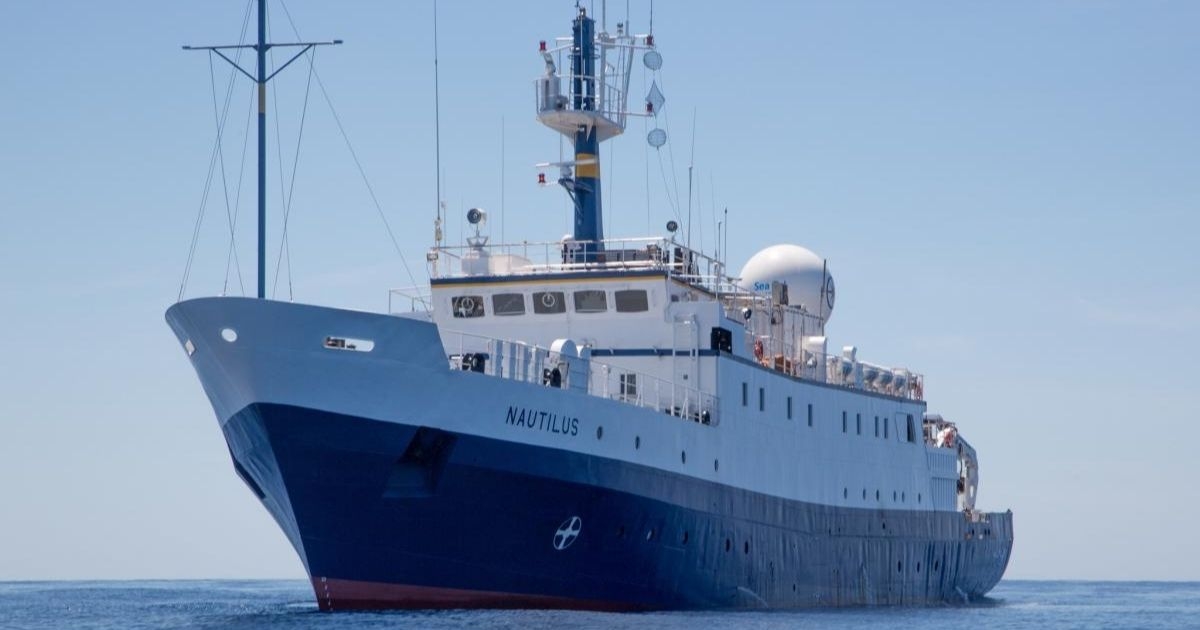Seabed 2030 and Ocean Exploration Trust in Partnership

Seabed 2030 and Ocean Exploration Trust (OET) have established a Memorandum of Understanding in recognition that both organizations will continue working together to advance our understanding of the global ocean through collaborative contributions towards the completion of a definitive map of the seafloor.
 The effort complements the goals of the United Nations Decade of Ocean Science for Sustainable Development.
The effort complements the goals of the United Nations Decade of Ocean Science for Sustainable Development.
Seabed 2030 is a collaborative project between The Nippon Foundation and GEBCO to inspire the complete mapping of the world's ocean by 2030, and to compile all bathymetric data into the freely available GEBCO Ocean Map. GEBCO is a joint project of the International Hydrographic Organization (IHO) and the Intergovernmental Oceanographic Commission (IOC), and is the only organization with a mandate to map the entire ocean floor.
Ocean Exploration Trust (OET) and the Nautilus Exploration Program explore the ocean, utilizing advanced seafloor mapping and robotic technologies, while connecting that exploration to the world in real-time via a high-bandwidth satellite. Established in the United States in 2007, OET partners primarily with United States National Oceanic and Atmospheric Administration (NOAA) Ocean Exploration through the NOAA Ocean Exploration Cooperative Institute, and also with NOAA Office of National Marine Sanctuaries, and other government agencies, academic institutions, and the private sector to advance the field of deep-sea exploration and to engage the public and next generation. NOAA Ocean Exploration’s domestic efforts are in support of the US’ National Oceanic Mapping, Exploration, and Characterization strategy and all NOAA-supported data is stored via National Centers for Environmental Information.
Expeditions are launched aboard Exploration Vessel (E/V) Nautilus —a 68-meter research vessel equipped with remotely-operated vehicles (ROVs) and with collaborative technology partners. During the expeditions, OET offers global scientists, educators, students, and the public a remote exploration experience via live video, audio, and data feeds from the field, as well as ship-to-shore interactions direct to classrooms and public venues around the world.
“We are delighted to welcome the support of a renowned institution such as the Ocean Exploration Trust,” commented Jamie McMichael-Phillips, Director of the Seabed 2030 Project. “OET’s expeditions, which focus on the scientific exploration of the seafloor, will make for a valuable addition to Seabed 2030 and our mission of a complete bathymetric data set of the world’s oceans.”
Dr. Nicole Raineault, Chief Scientist of OET said: “A complete map of the seafloor is a critical first step in understanding our planet through ocean exploration. We’re proud to support the Seabed 2030 Project by collecting bathymetric data and producing high-resolution maps of the world’s ocean during each of our expeditions.”
All data collected and shared with the Seabed 2030 Project is included in the GEBCO global grid, which is free and publicly available.

